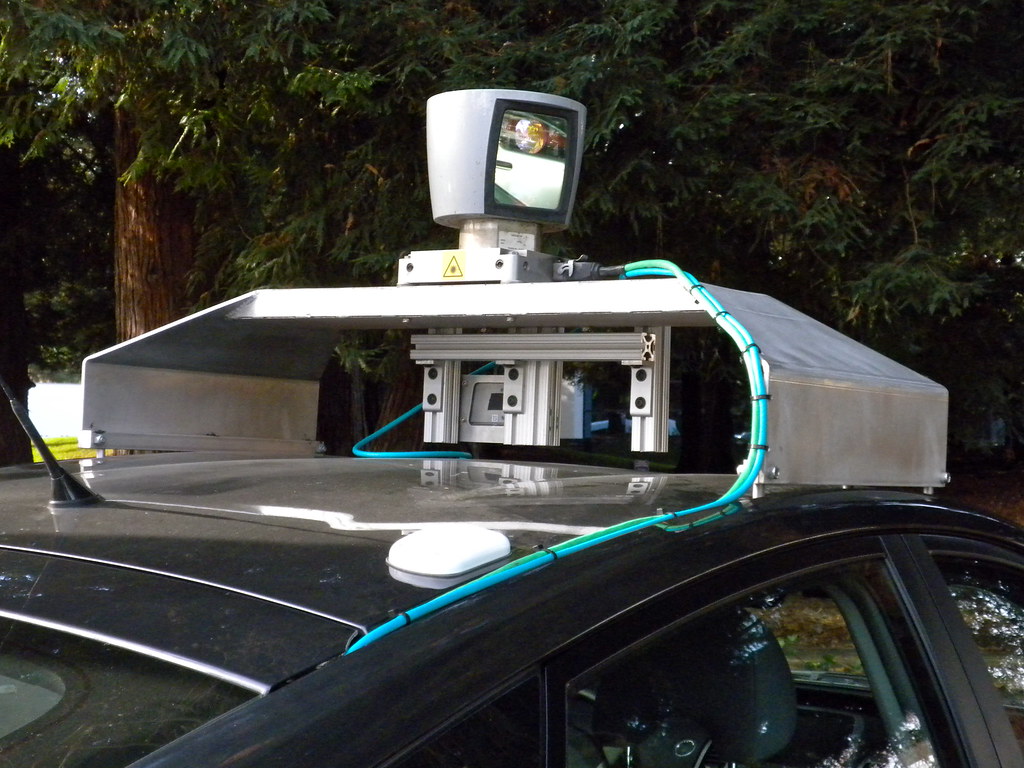Imagine a world where cars drive themselves, freeing us from the task of sitting behind the wheel and navigating through traffic. This isn’t science fiction anymore, self-driving cars are becoming a reality. These vehicles use advanced technology like sensors, cameras, and artificial intelligence to move around without the help of human drivers. While this might sound like a futuristic utopia, the reality of self-driving cars is far more complicated and potentially dangerous. It’s important to consider the various issues that come with this technology. As we explore the possibilities and challenges of self-driving cars, we’ll see how they could change our daily lives.
Self-driving cars operate using a combination of sensors, cameras, radar, and artificial intelligence (AI) to navigate roads and traffic. These cars are equipped with advanced sensors that create detailed 3D maps of the environment by bouncing light off surrounding objects. Cameras capture images of road signs, traffic lights, and obstacles, while radar systems detect the speed and position of other vehicles. The AI processes this data in real time, making instantaneous decisions about steering, acceleration, and braking. Through sophisticated algorithms, the car’s computer system can interpret the surroundings, predict the actions of other road users, and follow traffic rules, all without human intervention. This technology aims to provide a seamless driving experience, although it still faces significant challenges in terms of reliability and safety in unpredictable conditions. “Many experts believe that full adoption of autonomous vehicles won’t happen until 2030, but some vehicles with self-driving capabilities are expected by 2020. Whether they are legal to drive”(Gibbs). Even though there are fully capable cars for self-driving right now, even with all the advanced software to help it operate, it’s not fully legal for the safety on the roads.
Despite the impressive advances in their development, self-driving cars face numerous challenges that prevent their widespread approval. For the safety of the people, how can they be trusted? “If we can’t have bug-free internet browsers, is it even possible to make a bug-free car”(How do driverless cars work? – A Week in Science). If we are unsure if bug-free cars are even possible, then how easy could it be for hackers to hack our cars, considering it’s easy to hack into our phones and laptops? Even then, natural weather conditions can cause safety problems with the cars software. Glares from the sun and rain can cause problems with the radar and sensors and bug out what it is supposed to pick up, making it unsafe to operate by itself.
Many self-driving technologies are being used as of today. Lots of cars and trucks have cruise control, self-parking, and braking assistance that help drivers. Companies such as Tesla and Uber are creating and testing self-driving vehicles on public roads. These vehicles are utilized to provide rides to people, much like taxis without drivers. Delivery businesses are also testing self-driving vehicles to deliver items to people’s houses. Even though completely self-driving cars are not yet widely available, these tests assist firms in improving the technology and determining how to make it safe and dependable for all users.
In conclusion, although self-driving cars offer ease and innovation, they also bring substantial risks that must be addressed. Even little faults can cause major mishaps, therefore technology is not 100% reliable. Until these difficulties are resolved, the hazards of self-driving cars exceed the advantages. To create a secure and ideal future for technology, we must put safety before convenience.
Works Cited
“Google Streetview Self-Driving Car” by DoNotLick is licensed under CC BY 2.0.
Gibbs, Samuel.”Self-driving cars: who’s building them and how do they work?”.The Guardian, https://www.theguardian.com/us. Accessed 28 May 2024
“How do driverless cars work? – A Week in Science”. YouTube, uploaded by The Royal Institution of Australia, 21 August 2014, https://youtu.be/x8_FVmQ0f4U?si=XUbMNvJelfYadhBN












